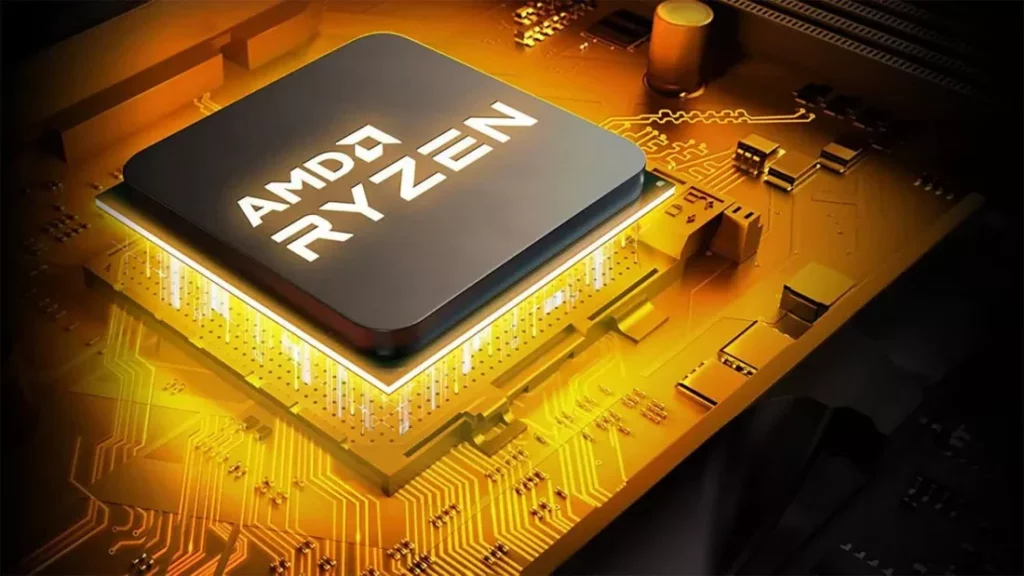The tech world is buzzing with anticipation as rumors about AMD’s next-generation Zen 6 CPUs, codenamed “Medusa,” suggest a groundbreaking shift in integrated graphics technology. Leaks indicate that these future chips will feature integrated RDNA 5 graphics, marking a significant departure from AMD’s traditional approach and setting the stage for a new era of computing performance.
The Zen 5 architecture, yet to be released, is already making waves with its expected debut under the Granite Ridge CPU and Strix Point APU series. However, it’s the Zen 6 “Medusa” architecture that’s stealing the spotlight. Rumored to employ a 2.5D interconnect rather than a conventional multi-die design, this change promises improved bandwidth speed between chiplets, enhancing overall system efficiency and performance.
The integration of RDNA 5 graphics into Zen 6 CPUs would not only signify AMD’s leap over the RDNA 4 generation but also position AMD at the forefront of integrated GPU (iGPU) technology. This move is poised to significantly enhance the graphical capabilities of AMD’s client CPUs, offering a more powerful, integrated solution that could change the landscape of both gaming and professional computing.
While AMD’s Zen 4 APUs have introduced impressive RDNA 3-based iGPUs, the potential shift to RDNA 5 with Zen 6 underscores AMD’s commitment to pushing the boundaries of what’s possible in CPU and GPU integration. This strategy could also influence the development of future game consoles, with both Sony’s PlayStation 6 and the next Xbox console rumored to adopt Zen 6 and RDNA 5 technologies.
With TSMC’s 2nm process node on the horizon and the expected introduction of a 2.5D interconnect, the Zen 6 “Medusa” CPUs are anticipated to emerge around 2025 or 2026. This ambitious timeline aligns with AMD’s vision of delivering unparalleled performance and efficiency, cementing its position as a leader in the semiconductor industry.






